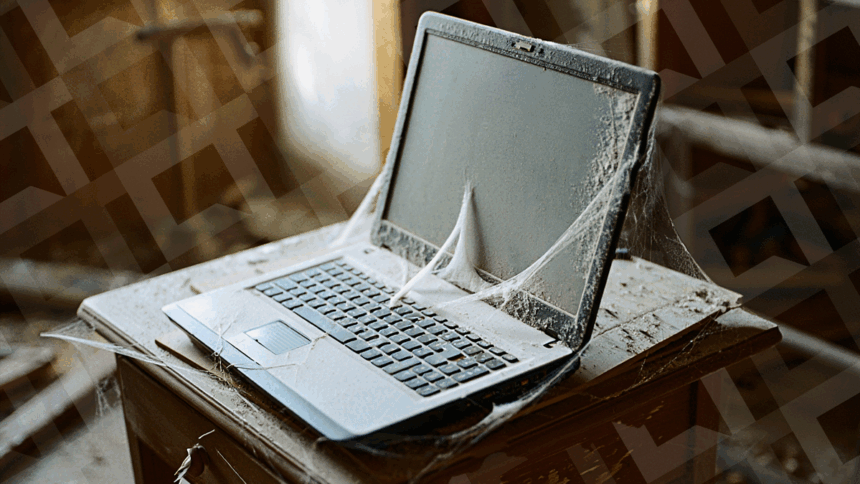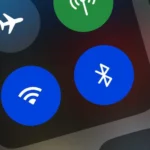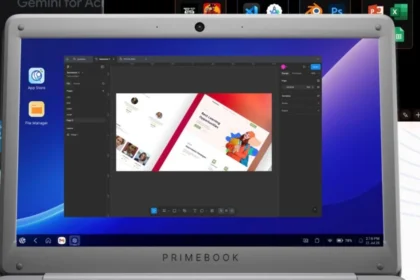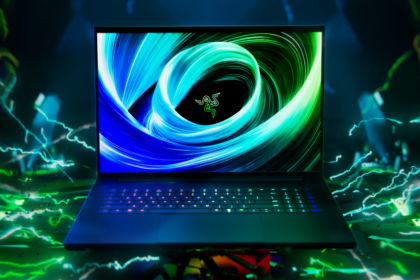Notebooks don’t hide the fact that they’re ageing — especially entry-level models with modest specs. Over time, even basic tasks start to feel like a struggle, and no amount of tweaking or upgrading seems to help. When that happens, it might be time to stop fighting the inevitable and start looking for a new machine.
To make that decision easier, here are the most common signs that your notebook is ready for retirement.
1. The Battery Barely Lasts
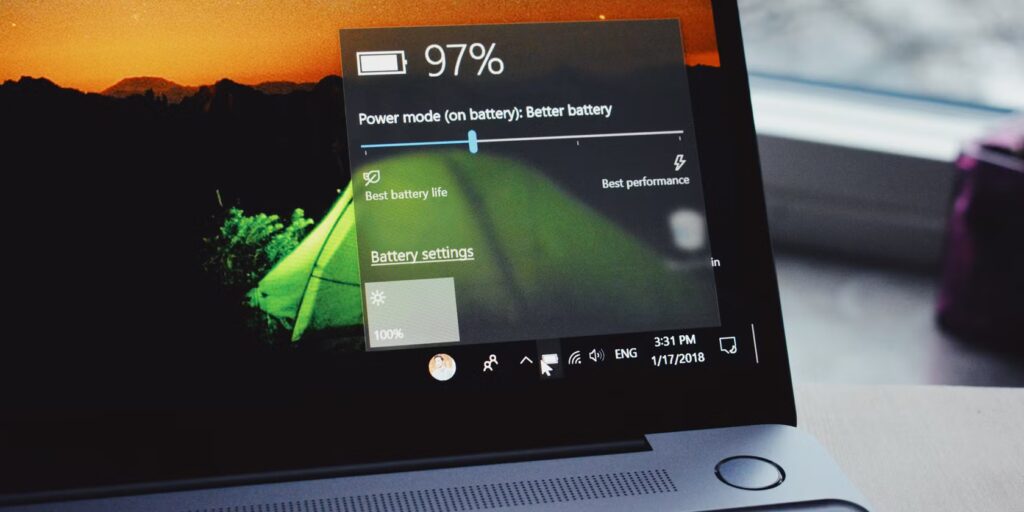
This is one of the most obvious warning signs. A laptop’s main advantage is portability — but if your battery dies after an hour or only works while plugged in, that advantage disappears.
Replacing a notebook battery can be expensive, and original replacements for older models can be hard to find. (Avoid cheap generic batteries — they can be risky.) When the battery goes, it often signals that the rest of the hardware isn’t far behind.
2. It’s Slow at Everything
If your laptop takes minutes to boot up, freezes when you open multiple tabs, or struggles to switch between apps, your hardware may no longer keep up with today’s demands.
Processors, RAM, and storage all age, and once they’re outdated, performance drops sharply. When your notebook lags behind even in simple tasks, it’s a clear sign it’s reaching the end of its useful life.
3. Upgrades Don’t Help Anymore
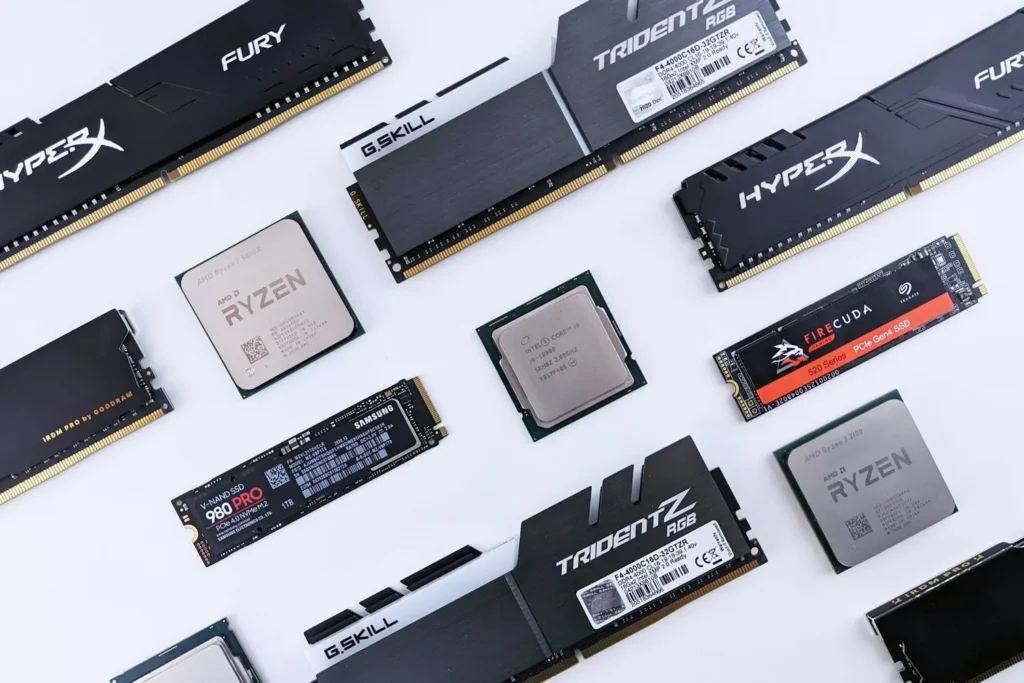
Installing an SSD or adding more RAM can work wonders for older laptops — but only to a point. If your processor is too old or too weak, it becomes the system’s bottleneck.
There’s no point in having a fast SSD if the CPU can’t handle modern web pages or multitasking. If you’ve already upgraded what you can and your laptop still crawls, that means it’s time to move on.
4. It Overheats and Gets Noisy
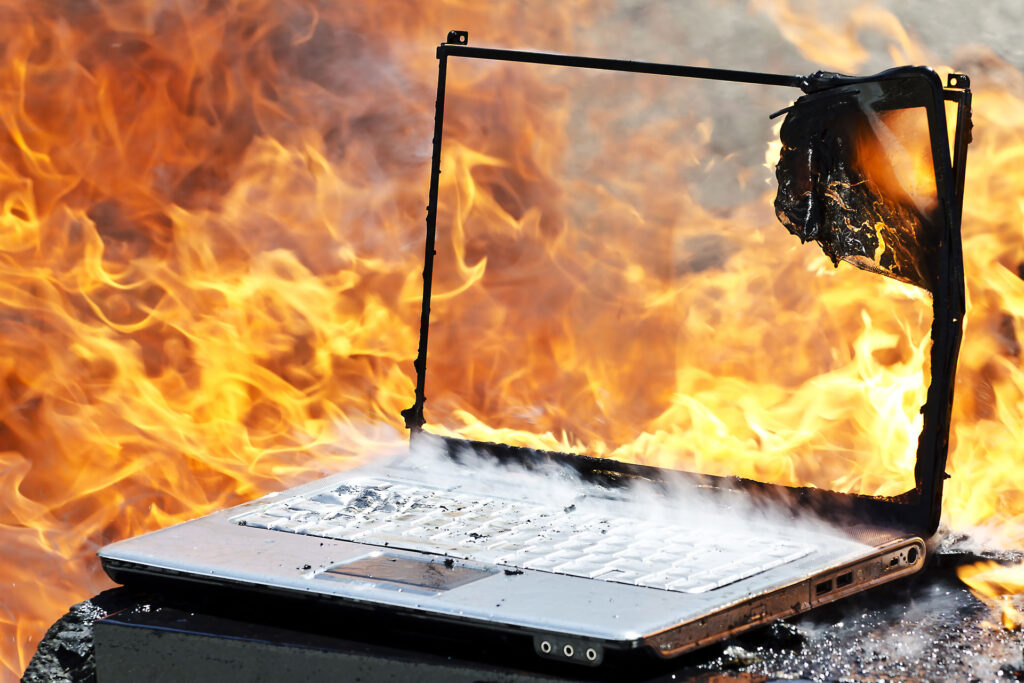
It’s normal for fans to spin up during demanding tasks like gaming or video editing. But if your laptop gets hot or noisy during light use — say, while watching YouTube or browsing the web — something’s wrong.
Overheating can cause sudden shutdowns and even hardware damage. You can try cleaning the fans or replacing the thermal paste, but if the issue persists, the cooling system or internal components may simply be worn out.
5. It No Longer Gets Security Updates
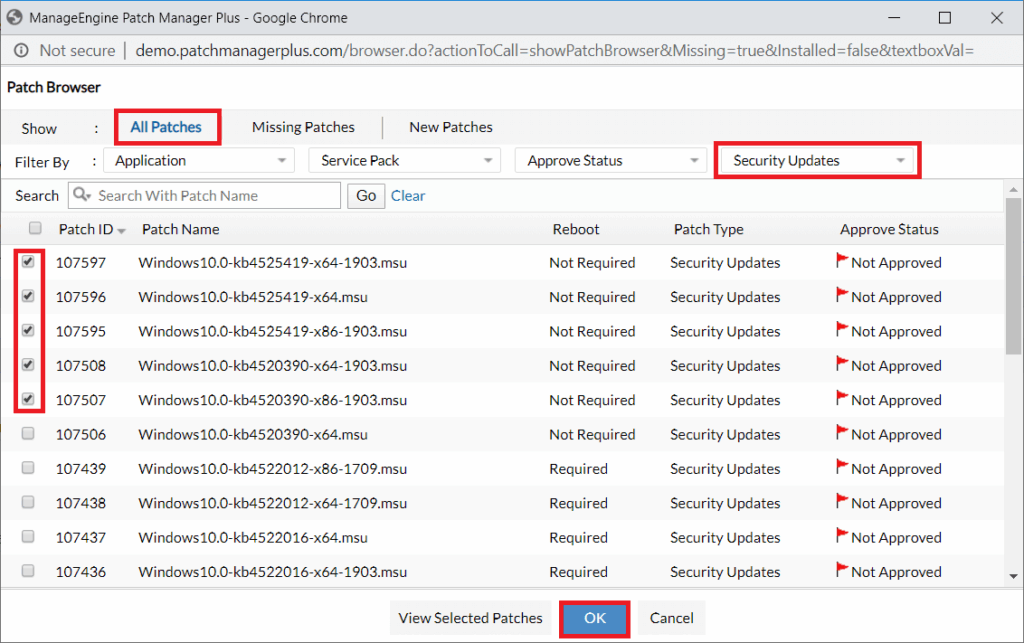
If your notebook can’t install the latest version of its operating system, that’s a major red flag. Without updates, you lose critical security patches, leaving your system vulnerable to malware and other threats.
For example, Microsoft will end support for Windows 10 in October 2025, which means millions of older machines will stop receiving updates. Once that happens, even basic programs and drivers will start to fall behind, further hurting performance.
6. The Screen and Ports Feel Outdated
Performance aside, an old notebook can also feel outdated in day-to-day use. Low-resolution, dull screens are hard to tolerate once you’ve seen modern displays with sharp details, vibrant colours, and smooth refresh rates.
Older laptops also tend to lack modern connectivity — like USB-C with Thunderbolt, Wi-Fi 6E or 7, and the latest Bluetooth standards — which limits both speed and convenience.
When It’s Time to Let Go
If your notebook shows several of these signs, it’s probably not worth investing in more repairs or upgrades. Buying a new model — even an entry-level one — can save you countless headaches.
If your budget allows, consider going for a model with slightly higher specs. A more powerful machine will last longer and handle future software demands more comfortably.

